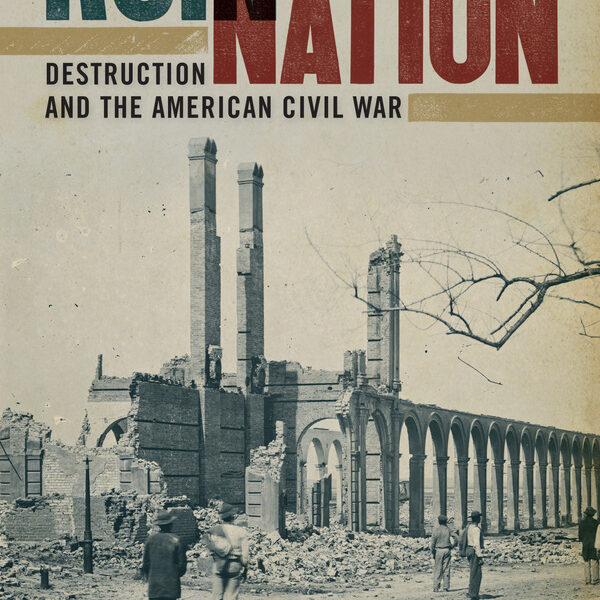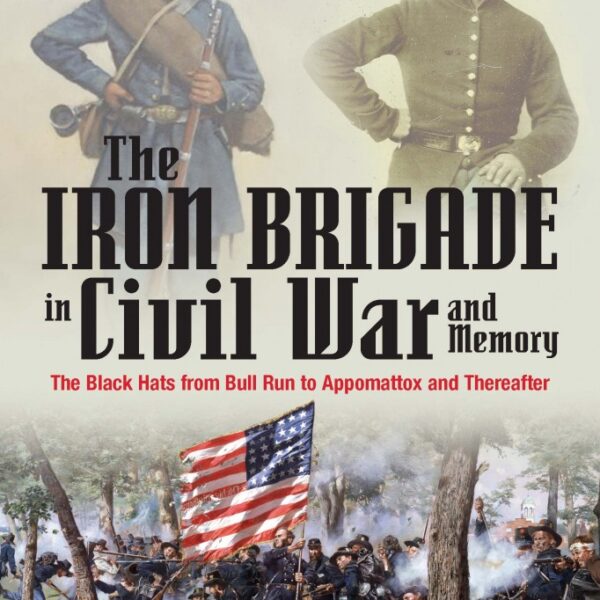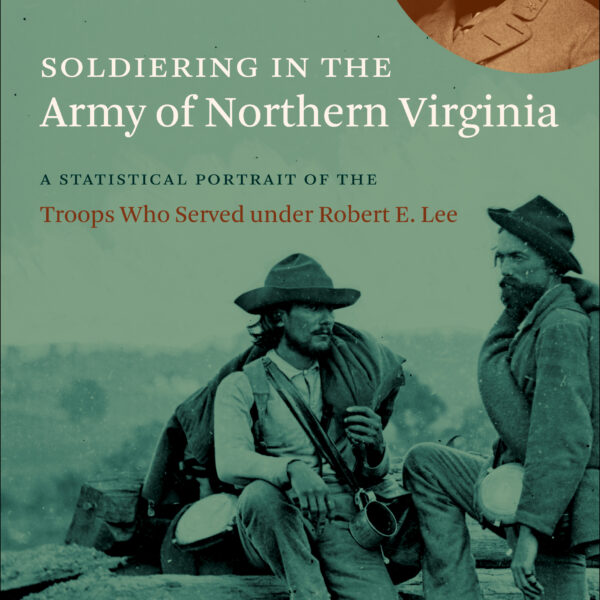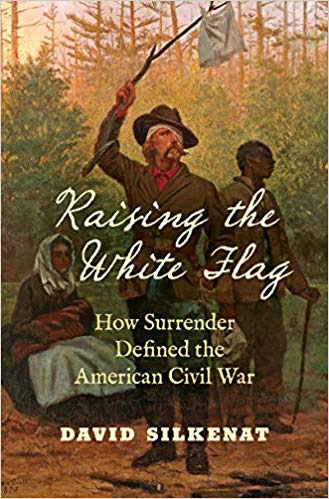The Civil War Lover’s Guide to New York City by Bill Morgan. Savas Beatie, 2013. Paper, ISBN: 1611211220. $18.95.
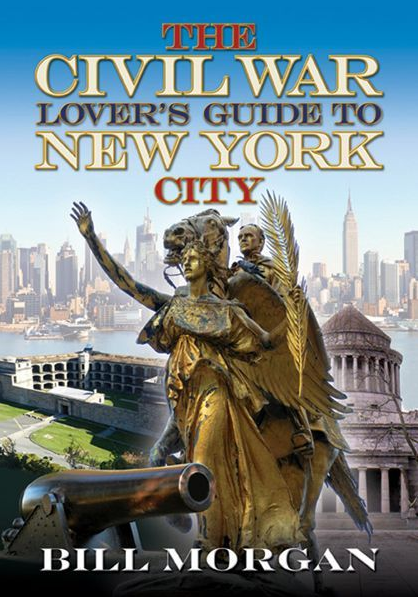 Bill Morgan has written a wonderful guidebook to the Civil War in New York City. A “lover’s guide” is an apt title, as a number of the locations are quite esoteric and would only be of interest to Civil War buffs. In his introduction, Morgan makes the case for a guide to New York’s many Civil War locations. Several regiments were sent from New York City alone, and some of the war’s most famous figures either lived there or visited in the years leading up to and during the conflict. The city’s sheer size and wealth made it invaluable to the Union war effort.
Bill Morgan has written a wonderful guidebook to the Civil War in New York City. A “lover’s guide” is an apt title, as a number of the locations are quite esoteric and would only be of interest to Civil War buffs. In his introduction, Morgan makes the case for a guide to New York’s many Civil War locations. Several regiments were sent from New York City alone, and some of the war’s most famous figures either lived there or visited in the years leading up to and during the conflict. The city’s sheer size and wealth made it invaluable to the Union war effort.
The Civil War Lover’s Guide to New York City is both travel guide and reference book. The sections are divided by borough for the ease of the sightseer. Morgan has identified 157 distinct locations to visit, 123 of which are in Manhattan alone. Even more helpful, Morgan has included the phone numbers, websites, and hours for the various museums and historic sites that admit visitors. Despite that, there is one omission that would have made the guide infinitely more useful to those partaking in a self-guided Civil War tour: a map. Especially for non-native New Yorkers, a map of the city or, perhaps, a few maps of the various boroughs – presenting the relative distances between locations – would have proven helpful.
A sizeable number of entries (75 of the 123 Manhattan entries alone) represent buildings or parks that no longer exist. And of those sites that still remain, particularly the former houses of prominent Civil War figures, many are inaccessible. The devoted sightseer will be treated only to an exterior of a building. Still others have been converted for modern use, such as D. Devlin and Co., a supplier of uniforms and cartridge boxes located on the corner of Broadway and Grand Street (27). The building at that location today houses a Duane Reade on the ground floor. Still, the devoted history buff can admire the building where the United States Sanitary Commission office was located, or marvel at the hydrotherapy treatment center visited by Thomas Stonewall Jackson before the war (30, 44).
Morgan’s skills as a researcher and archivist are on full display here. As a reference guide to the various contributions and connections made by New Yorkers to the Civil War, the text is superb. Some of the connections are a bit more tenuous than others, and at times the descriptions can approach hyperbole in their effort to sell the reader on the importance of a particular site. However, these are minor distractions in an otherwise detail-rich and fact-filled guidebook. Morgan does not limit his text to the statues and plaques dedicated to generals, senators, and other giants of history; there are sites identified with histories pertaining to everyday abolition, arson by Confederate sympathizers, the arts, and religion. In short, there is something here to please both casual sightseers as well as devoted history buffs.
John Patrick Riley is a Ph.D. candidate at Binghamton University.

